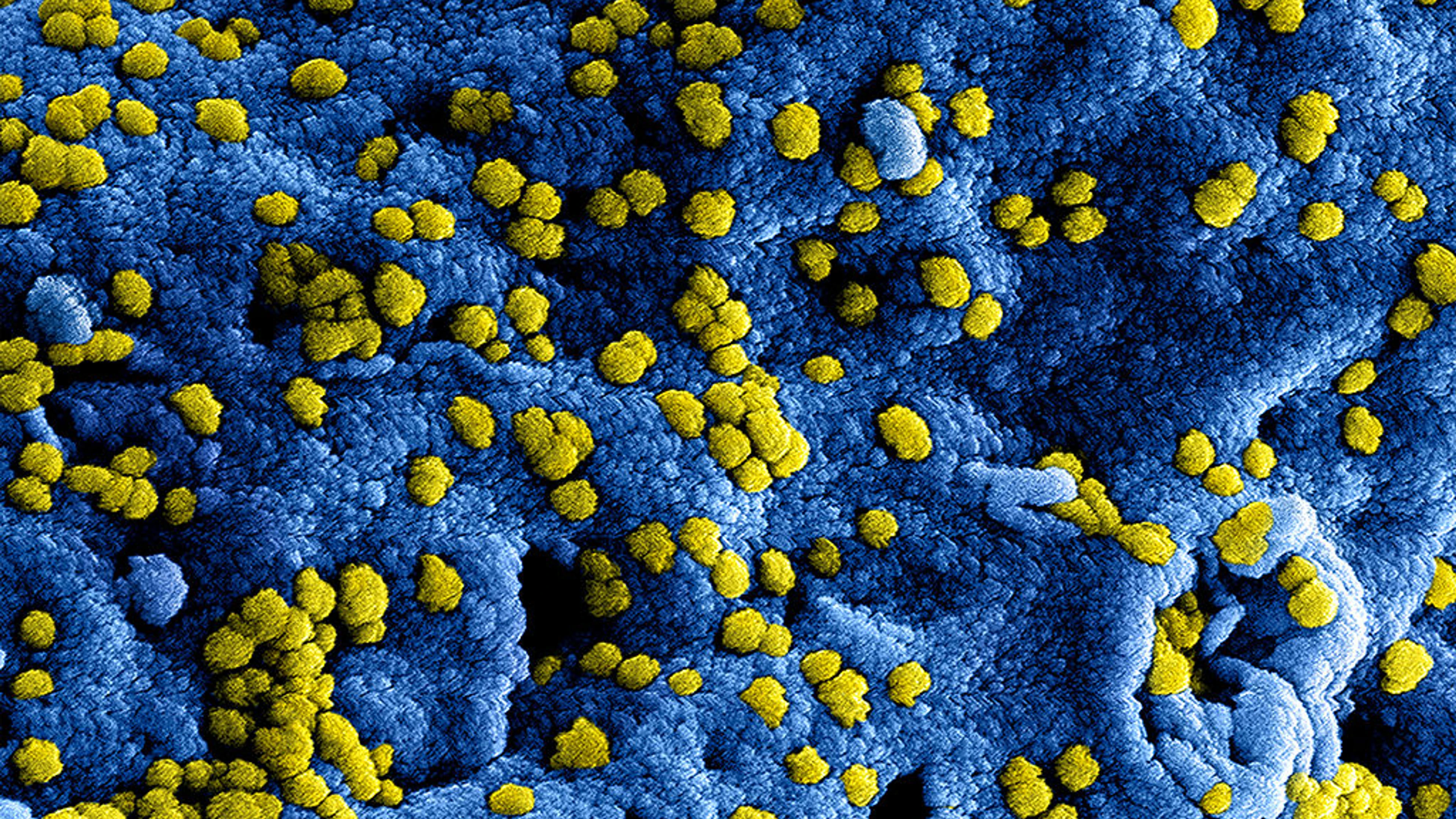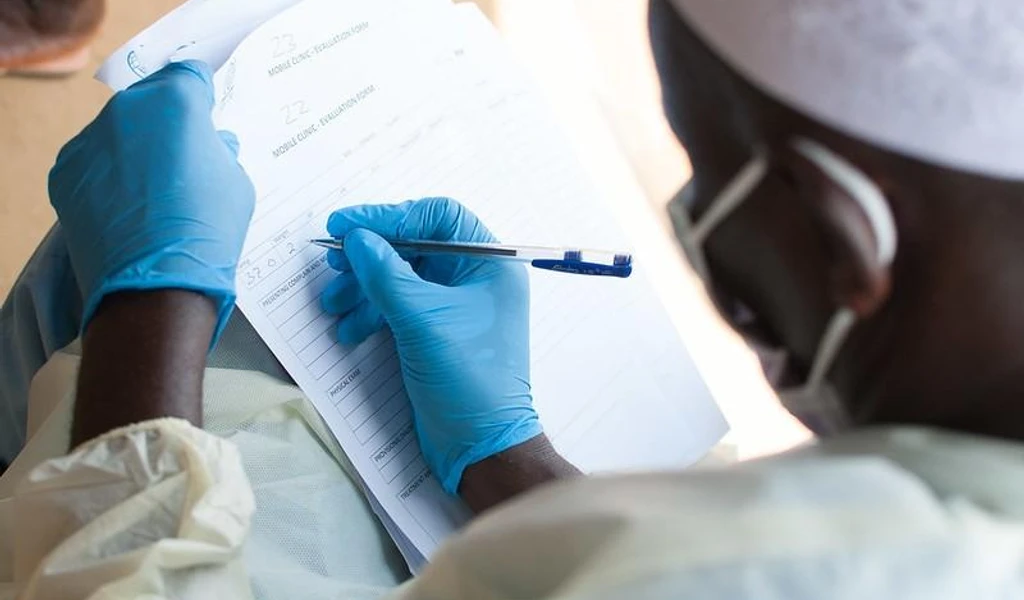Epidemics can occur anywhere, at any time.
We publish regular updates, produced by Program for Monitoring Emerging Diseases (ProMED), on outbreaks of emerging infectious diseases to keep you informed on the frequency and impact of our priority diseases.
ProMED is the largest publicly-available system conducting global reporting of infectious diseases outbreaks, with ProMED staff, moderators and team members scanning for, reviewing and posting information relating to global health security from official health reports and media articles.
The below post contains information from health reports, news articles, and academic papers relating to our priority diseases, compiled together by ProMED. Content below may be edited from original ProMED posts for style and length.
These posts provide an overview of disease outbreak activity over the past several weeks. For the latest information relating to outbreaks of infectious diseases, please visit the ProMED website.
MERS
Location
Saudi Arabia
Outbreak Update
Since the Saudi Arabia Ministry of Health's last update, there have been a total of 4 newly confirmed cases of MERS-CoV infection, including one death. Two of the four cases were from Riyadh city, the third from Jeddah city and the 4thfrom Bisha in the southern region of the country.
The addition of these 4 newly confirmed cases brings the total number of cases reported since 1 Nov 2019 to 9, and since 1 Jan 2019 to 198. Prior monthly reports included 12 during the month of October 2019, 4 during the month of September 2019, 6 during the month of August 2019, 9 during the month of July 2019 and 7 during the month of June 2019.
All but 1 of the 9 cases reported during November 2019 are primary cases with only 3 having a history of direct contact with camels.
In total, at the end of October 2019, 2482 laboratory-confirmed cases of Middle East respiratory syndrome (MERS), including 854 associated deaths (case fatality rate, 34.4%), were reported globally; the majority of these cases were reported from Saudi Arabia (2090 cases, including 776 related deaths with a case fatality rate of 37.1%).
The demographic and epidemiological characteristics of reported cases, when compared during the same corresponding period of 2014 to 2019, do not show any significant difference or change. The number of cases reported in this period was less than all other corresponding periods.
The age-group 50-59 years continues to be at the highest risk for acquiring infection of primary cases. The age-group 30-39 years is most at risk for secondary cases. The number of deaths is higher in the age-group 50-59 years for primary cases and 70-79 years for secondary cases.
See the full ProMED post
Ebola
Location
Democratic Republic of Congo
Outbreak Update
Since the beginning of the epidemic, the cumulative number of cases is 3287, of which 3169 are confirmed and 118 are probable. In total, there were 2193 deaths (2075 confirmed and 118 probable) and 1067 people recovered.
545 suspected cases under investigation;
No new confirmed cases;
No new deaths of confirmed cases have been recorded;
No recovered person has emerged from Ebola treatment centers (ETCs);
No health worker is among the new confirmed cases. The cumulative number of confirmed/probable cases among health workers is 161 (5% of all confirmed/probable cases), including 41 deaths.
Outbreak Response
The roll-out of Johnson and Johnson's Ebola vaccine has begun today in the DRC, with a press conference held in Goma to mark the start of vaccinations.
Following the European Commission granting full approval for Merck's Ebola vaccine, The World Health Organization (WHO) has announced that it has prequalified the vaccine in recognition of it meeting WHO's quality, safety and efficacy standards, paving the way for United Nations agencies and Gavi, the Vaccine Alliance, to buy the vaccine for use in at-risk countries.
See the full ProMED post
Rift Valley fever
Location
Eastern Africa
Outbreak Update
FAO has issued an early warning bulletin including a forecast for Central and Eastern Africa in relation to Rift Valley fever:
"During the past 3 months, above-average and heavy rainfall and flash floods occurred in the region particularly during the end of August and early September as well as in early October 2019. The precipitation forecasts predict above-average rains for the coming period (October-December 2019) for Chad, Central African Republic, southern the Sudan and the whole eastern Africa region. According to the FAO RVF Monitoring/Early Warning tool, there are large areas at risk of RVF vector amplification in central-southern Chad, western-central Kenya, central-southern Sudan, eastern-southern Sudan, northern Uganda, and northern Tanzania. In August 2019, the 1st confirmed case ever of RVF in humans was reported in Bangui, Central African Republic. In early October 2019, media reported suspected cases of RVF in humans and animals in Red Sea state (north-eastern Sudan) and cases of hemorrhagic fever in humans in Kassala (eastern Sudan) and North Darfur states (western Sudan). Considering the past and recent RVF outbreaks occurrence in the region, Chad, Kenya, Sudan, South Sudan, and the Central African Republic could be considered at high risk of RVF occurrence. The other countries of the region could be considered at moderate risk of RVF due to the predicted suitability for RVF vector amplification as well as the movement of potentially infected animals."
See the full ProMED post
Chikungunya
Location
Saudi Arabia
Outbreak Update
Cases of the disease have been reported across Honduras (206 cases), Brazil (97 900 cases), Ethiopia (51 631 cases), Taiwan (96 cases, of which 21 are locally acquired), Thailand (9085 cases), Myanmar (97 cases, 26 confirmed), India (7 cases in Ahmedabad, Gujarat state; 74 cases in Delhi; 31 cases in Prakasam district, Andhra Pradesh state; 76 cases in Patna, Bihar state; 125 cases in Bophal, Madhya Pradesh state).
France, Spain, and the US have also reported imported cases with no local transmission.
Disease Research
A new paper, in the International Journal of Infectious Diseases, looks at the lack of scientific understanding around Chikungunya. In assessing the history of Chikungunya outbreaks and the reporting of cases, and what gaps remain within our knowledge around the disease, the authors conclude: "There is still a long way until all patients with a post-CHIK disorder benefit from optimal, efficient, and not deleterious, evidence-based treatment.
Given the current trends of international human flows, the general practitioners, rheumatologists, and specialists on infectious diseases should all be aware of the worldwide multifocal emergence of CHIKV and its related challenges in individual and public health. Still more, it is not unlikely to expect in a not-distant future, new epidemics of CHIKV in tropical and subtropical areas of the world, which again lead to acute but also chronic consequences for significant proportions of affected populations."



